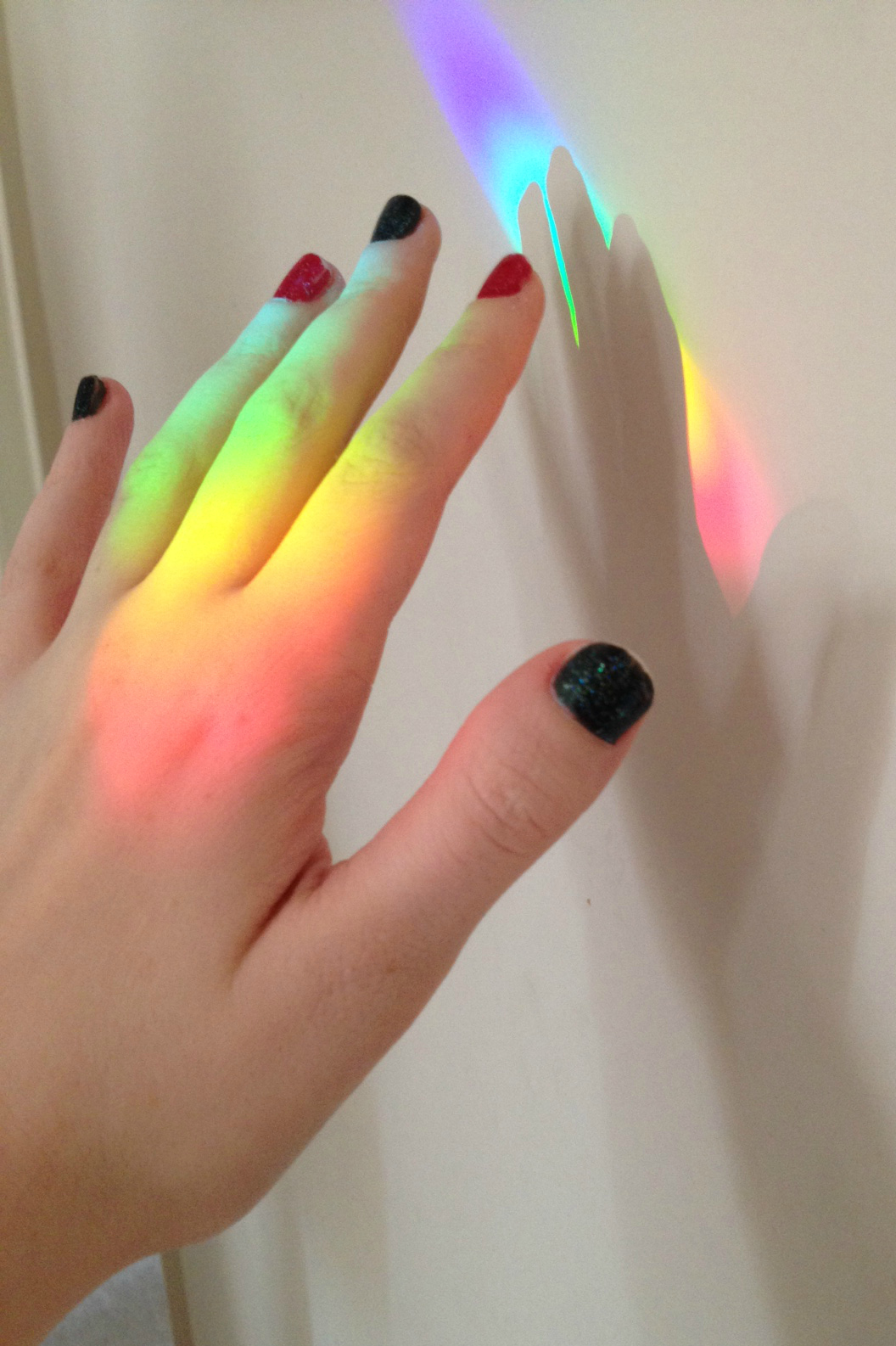More work required to understand the user in UX, survey shows

Many times in designing and developing the user experience (UX) related to systems and services, something gets left out of the equation: the user. In a recent tweet, Jason Williams, expressed the need to rectify this so well:"You can't start with the technology and then develop the customer experience (UX).You have to start with the customer experience and work backwards to the technology."

How do designers and developers go about ensuring that the user doesn't get left out of UX? For starters, it is essential to do plenty of research to better understand user requirements and reactions. A recent survey of 429 UX professionals from Nielsen Norman Group finds a mixed bag when it comes to finding out what users want and need. The majority of respondents said their teams perform quantative research at least occasionally: 44 % report doing it "sometimes" and 27% say they perform one or more quantitative studies per design project.
Kate Moran, an author of the survey, admits that the survey results may be biased toward UX designers who are tuned into the need for greater UX research. At the same time, she observes the costs and overall onerousness of user research have declined, thanks to new tolls and technologies.
UX research methodologies being employed include analytics (40% using it often), qualitative usability testing (40%) and interviews (37%). UX is often regarded as a "soft" science, Moran observes, and "quantitative research can be intimidating to UX professionals, their teams, or their stakeholders, and ignorance is a substantial roadblock," she adds.
In addition to research, it's equally important to get down into the trenches with users and work closely and collaboratively to see how systems and solutions are being accepted. For those looking to make user experience (UX) a truly meaningful pursuit and not just words, look no further than the Agile Manifesto. The tenets of the Agile Manifesto also define the core vision of UX as well.
In a recent post, Jared Spool talks about the importance of integrating Agile approaches into UX. He reiterates some of the guiding principles of the Agile Manifesto, and how they relate to today's UX: "Everything in the Agile manifesto applies to smart design," he points out.
Individuals and interactions over processes and tools: Applying this too UX, "We're guilty when we're mired in tools and processes," Spool points out. "We forget real design happens when we work and share together. We must focus on our interactions with each other, instead of insisting our tools dictate our work."
Working software over comprehensive documentation: "Sitting together and demonstrating a working idea can push a design forward much faster than any amount of specifications or non-interactive diagrams," Spool says.
Customer collaboration over contract negotiation. "The pressure to deliver on time focuses our efforts into the negotiation of what-by-when," Spool says. "When everyone views the users and customers as a partner in the design and delivery process, everybody wins."
Responding to change over following a plan. "As the old saying goes, planning is essential, but plans are useless," says Spool. "We must be ready to adapt to change."
As shown above, get to know your user via thorough research. But don't let the surveys and tools get in the way of building strong, collaborative relationships. Superior UX is both a qualitative and quantitative exercise.